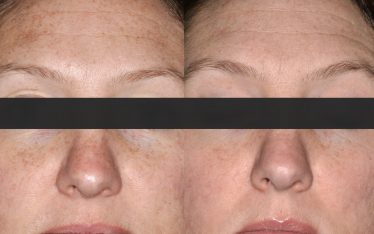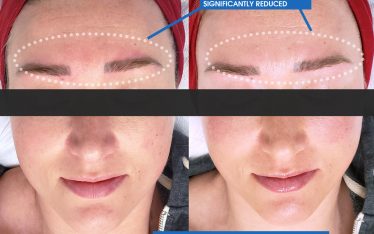Learn The Facts About Melanoma

Melanoma is the deadliest form of skin cancer and is responsible for roughly 10,000 deaths each year in the US. Incidence has increased by 40% over the past ten years, making it the fifth most common cancer overall, and the second most common cancer in those between the ages of 15 and 29 years old. Studies show that tanning bed use before the age of 35 increases your risk of developing melanoma by a shocking 75%. The good news is that death rates have been decreasing in recent years due to education, early detection, and improved treatment options.
UV exposure is the most preventable risk factor for all types of skin cancers. Intermittent sunburns as a child and tanning bed use significantly increase your risk of developing melanoma throughout your lifetime. Those with fair skin, blue eyes, blonde, or red hair are more prone to sunburns, and therefore melanoma. Non-preventable risk factors include family history in a first-degree relative, greater than 50 moles on your body, or a personal history of atypical moles.
With summer fast approaching, it’s a good time for a reminder on how to effectively protect our skin. Ideally, it is best to avoid sun exposure when UV index is strongest midday between the hours of 10:00 AM and 4:00 PM. However, if you’re like me and enjoy Minnesota summers outdoors there are other means of protection. The easiest and most effective is wearing UFP clothing with a 30+ rating along with a wide-brimmed hat. For exposed skin, a broad-spectrum, mineral-based sunscreen with 30+ SPF is recommended. Sunscreen should be applied liberally and frequently. Most people require an ounce of sunscreen for full-body coverage, with reapplication every two hours. Ensure your sunscreen is not expired, discolored, or separating before use.
Even with the best protection, it’s important to see your dermatologist on a yearly basis for full-body skin checks and to perform self-examinations at home. Know what you are looking for by following the ABC’s of melanoma detection:
A – An asymmetrical mole where one half is not like the other
B – Borders that are irregular with blurry, jagged, or hard to define edges
C – Colors that are multiple shades of tan, brown, black, blue, gray, pink, or red
D – Diameter > 6mm (size of a pencil eraser) — or — a Different ‘ugly duckling’ mole
E – Evolving with changes in size, shape, or color over months — or — Elevation of a previously flat mole
F – Firmness of a mole
G – Growing quickly over the course of weeks, months, or years
Now is the time to schedule your skin cancer screening with one of our dermatology PA’s at Clarus Dermatology.
Katelyn Krueger, PA-C



